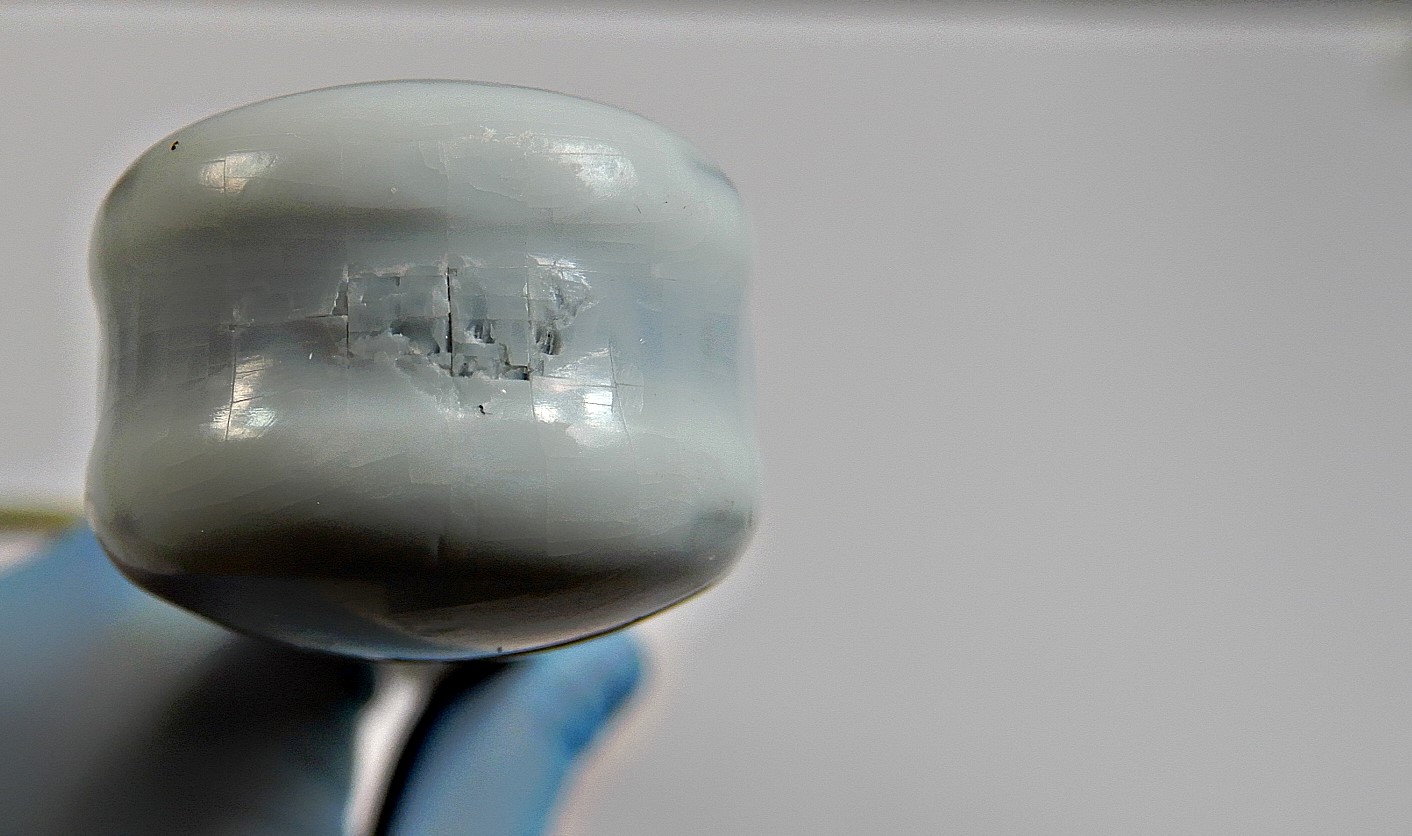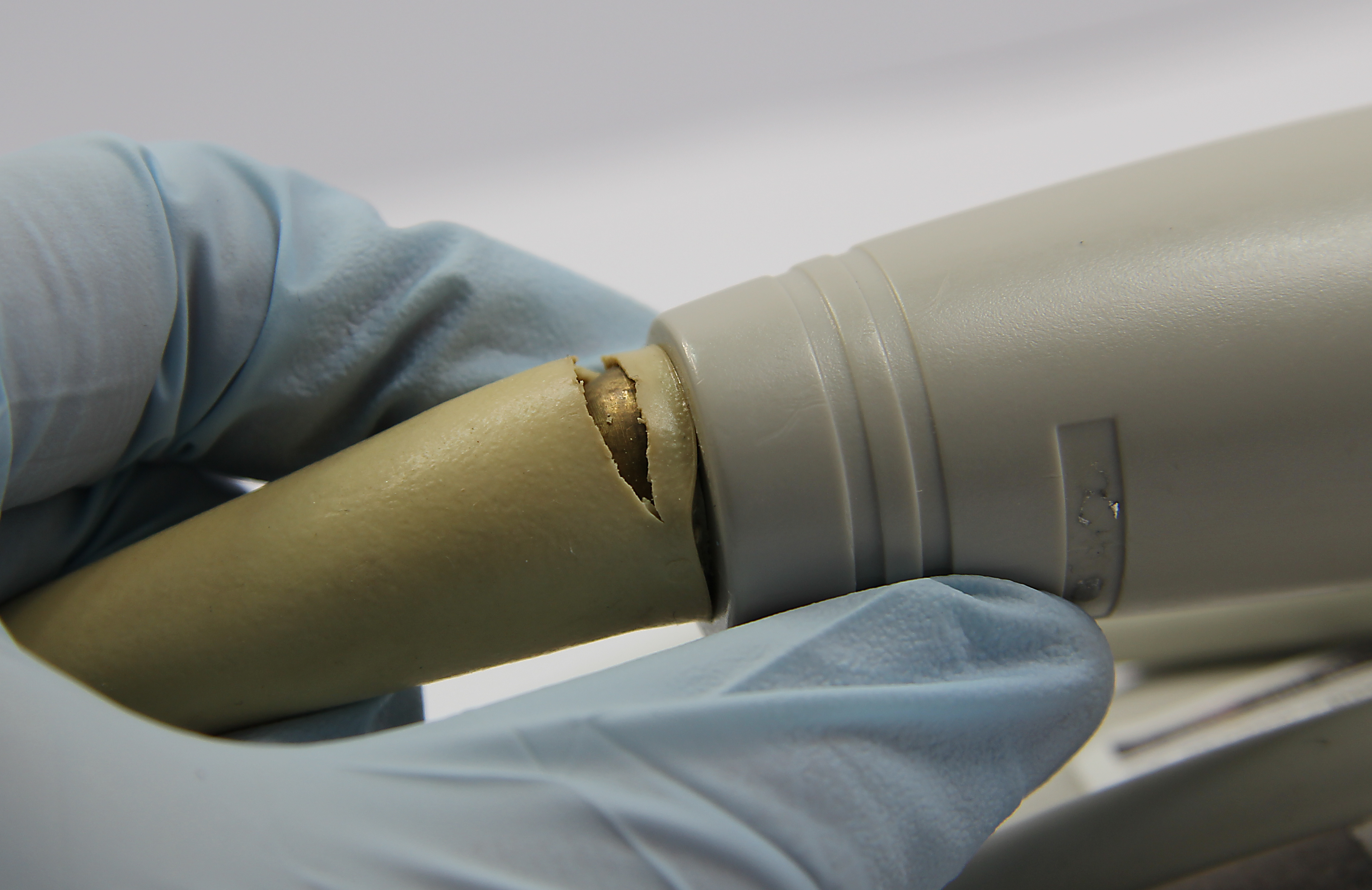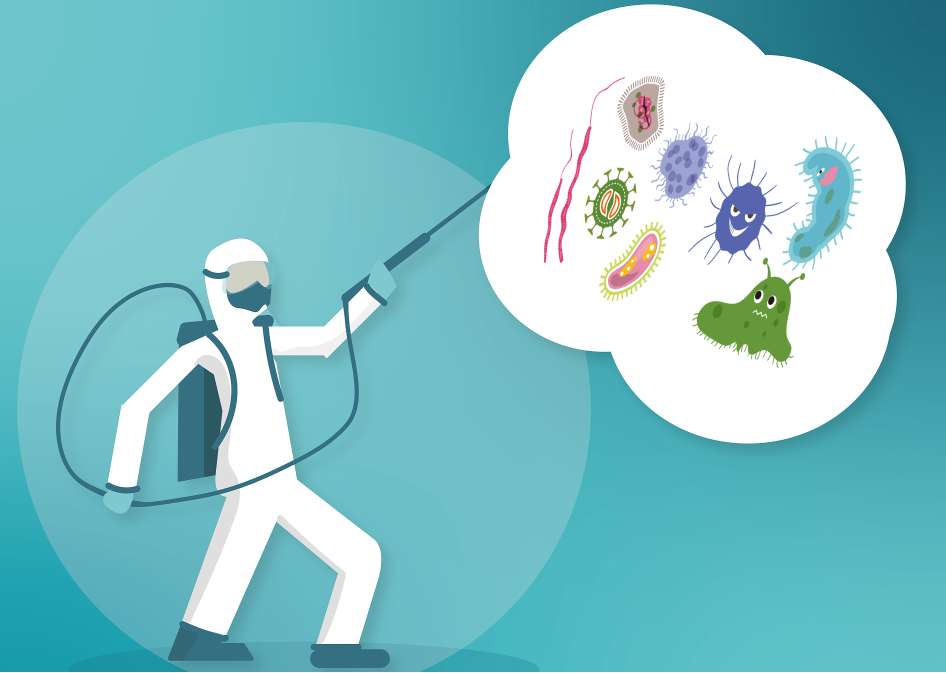You’ve probably cleaned your transducer a hundred times before. But what if I told you there’s a good chance you’ve been doing it wrong?
This is the harsh reality for many customers who bring their transducers in to us for repair.
Incorrect cleaning can result in damage that may not be initially obvious to the consumer, but if left untreated, will worsen over time.
So how should you be cleaning your probe? It is imperative that when disinfecting your equipment, you always refer to the manufacturer’s guidelines. This mitigates the risk of accidental damage and long-term degradation associated with improper cleaning agents and methods.
But is it really that bad if you don’t follow the directions?
Ignoring the guidelines specifically set out for transducer care and handling can result in the implementation of cleaning procedures that directly result in a risk to your probes, imaging capabilities, and even your patients. It also voids warranties provided by manufacturers.
Below are some examples of damage which can be caused by improper cleaning:

The above photo depicts contaminants which have built-up around the delicate circuity in a probe, preventing it from functioning as it should.

This photo shows the dry, flaking lens of a TV probe which has been exposed to alcohol.

You can see in this photo a strain relief which has become brittle and hard due to exposure to improper cleaning solutions.
Over the next few weeks, we will explore these cases in further depth, focusing on common mistakes we see when cleaning, the risks associated with using alcohol as a disinfectant, and whether not following the manufacturer’s cleaning guidelines will actually have a tangible effect on your probes.
Coming up next:
Week 2: Common cleaning mistakes
Week 3: Alcohol as a disinfectant – why is it bad?
Week 4: Do the manufacturer’s guideline’s really matter?

